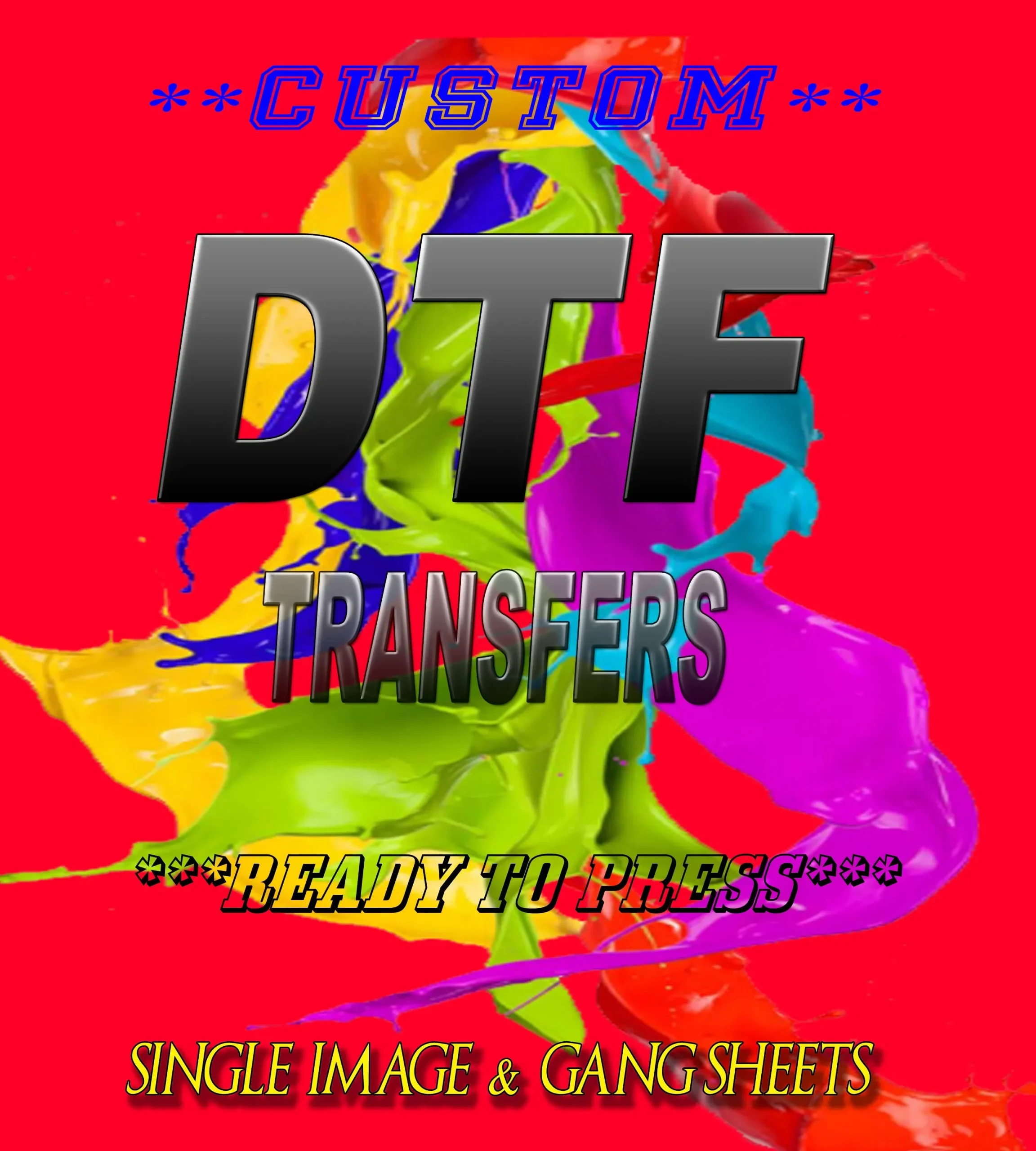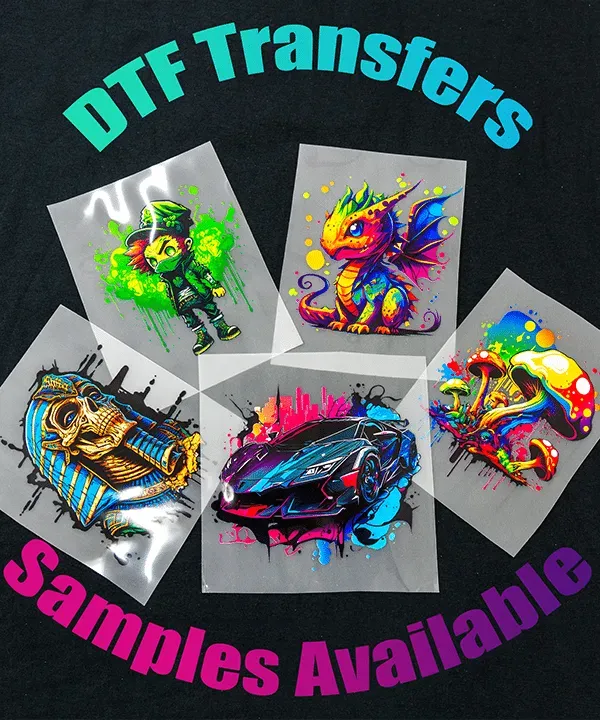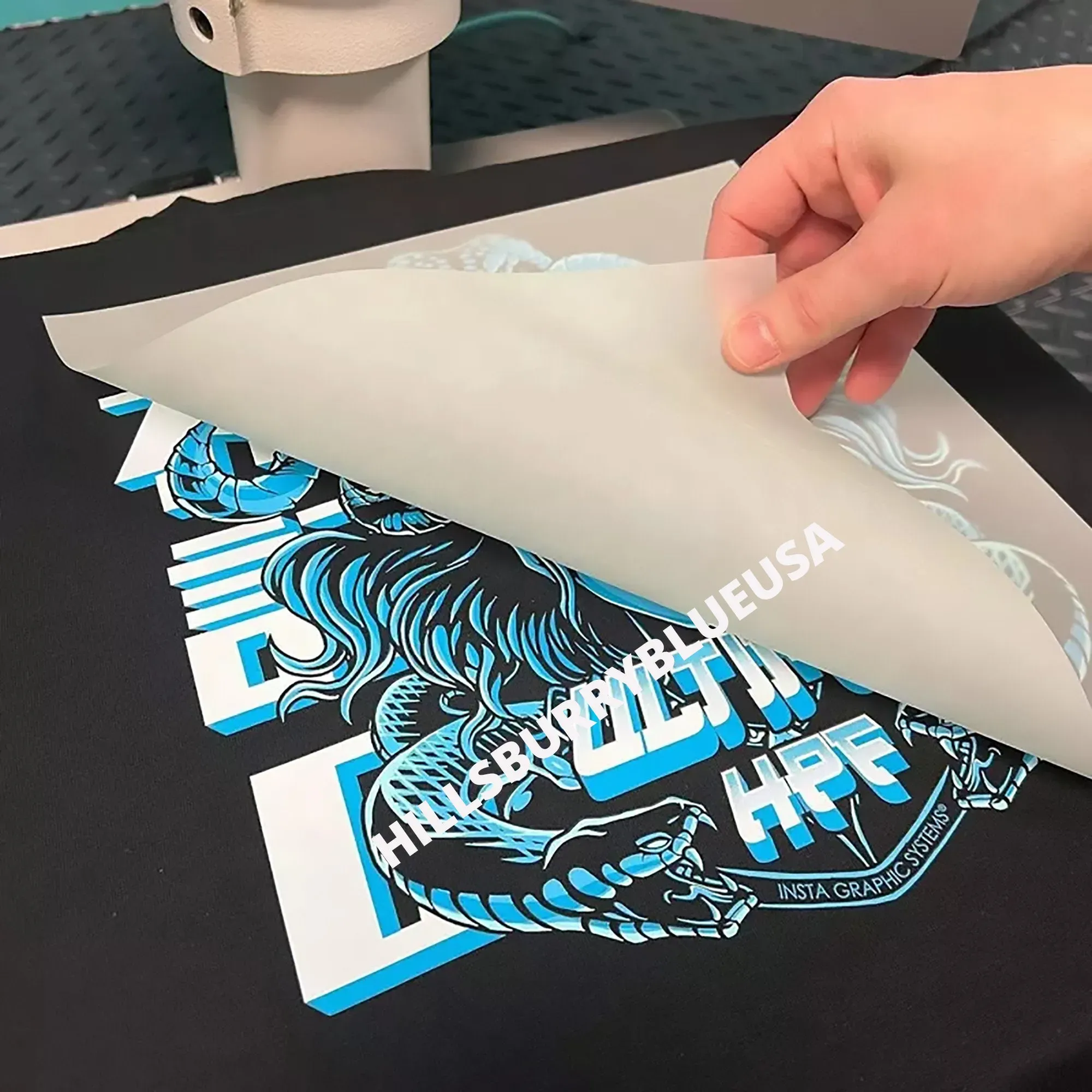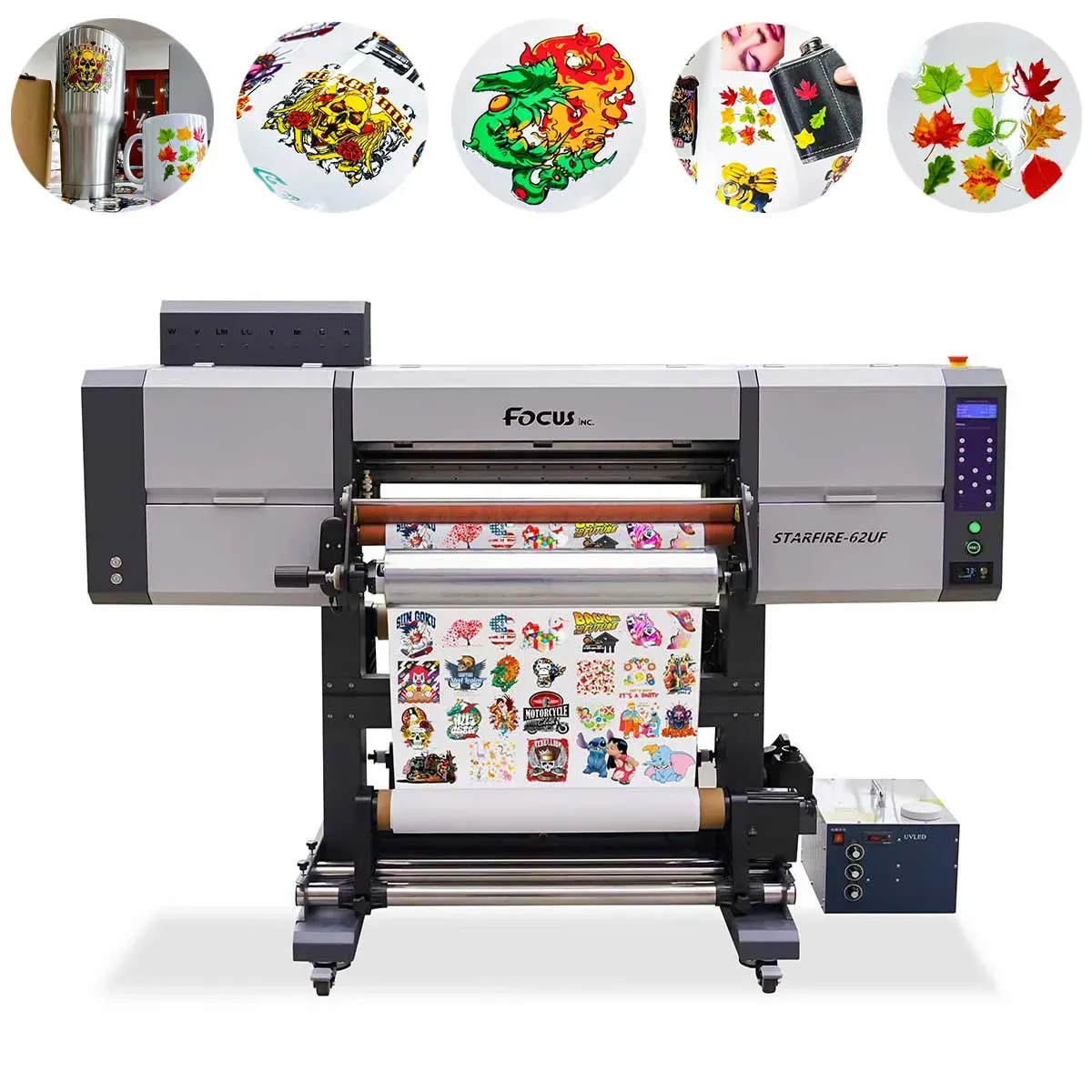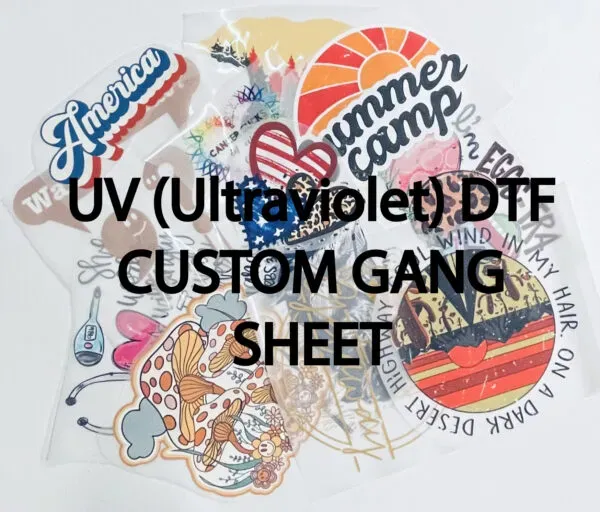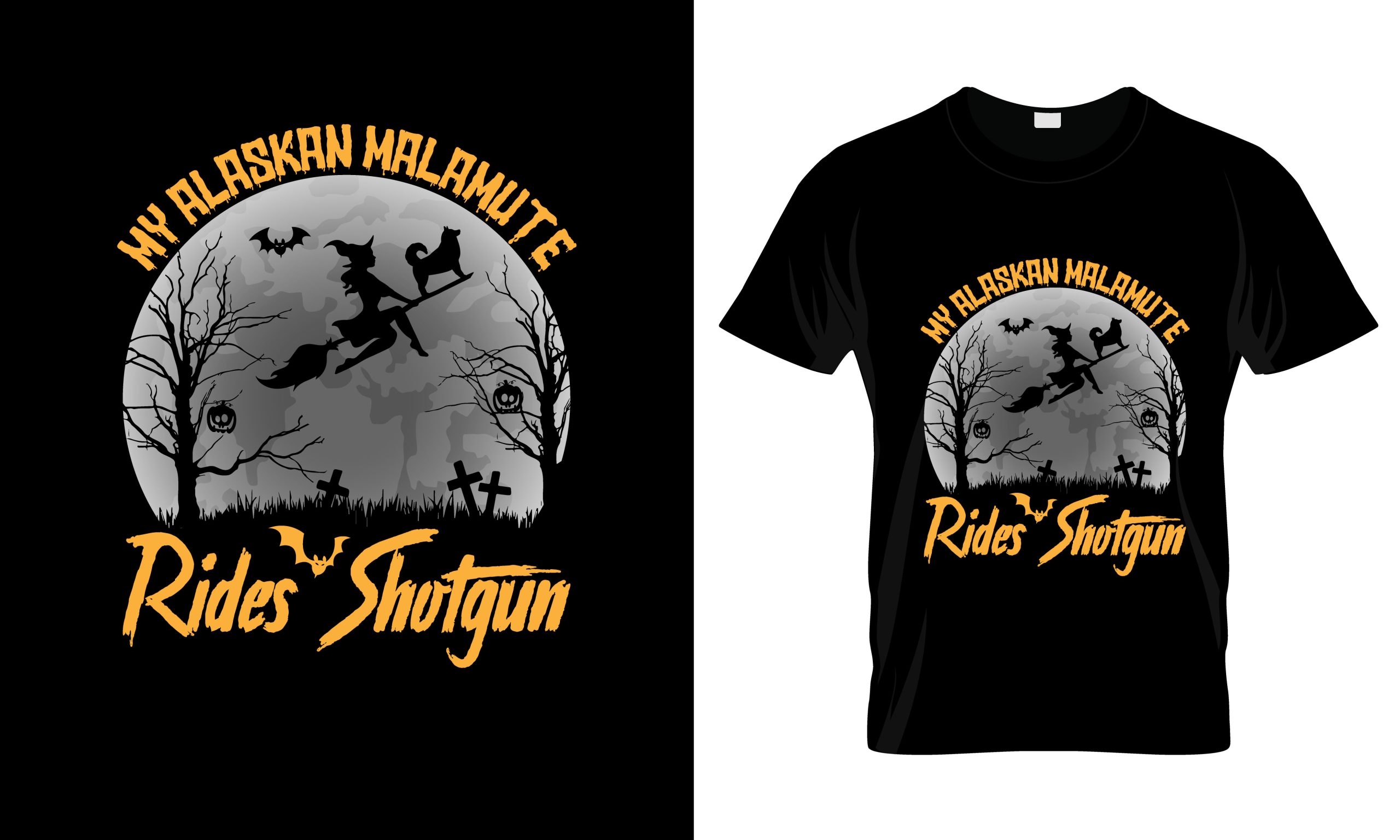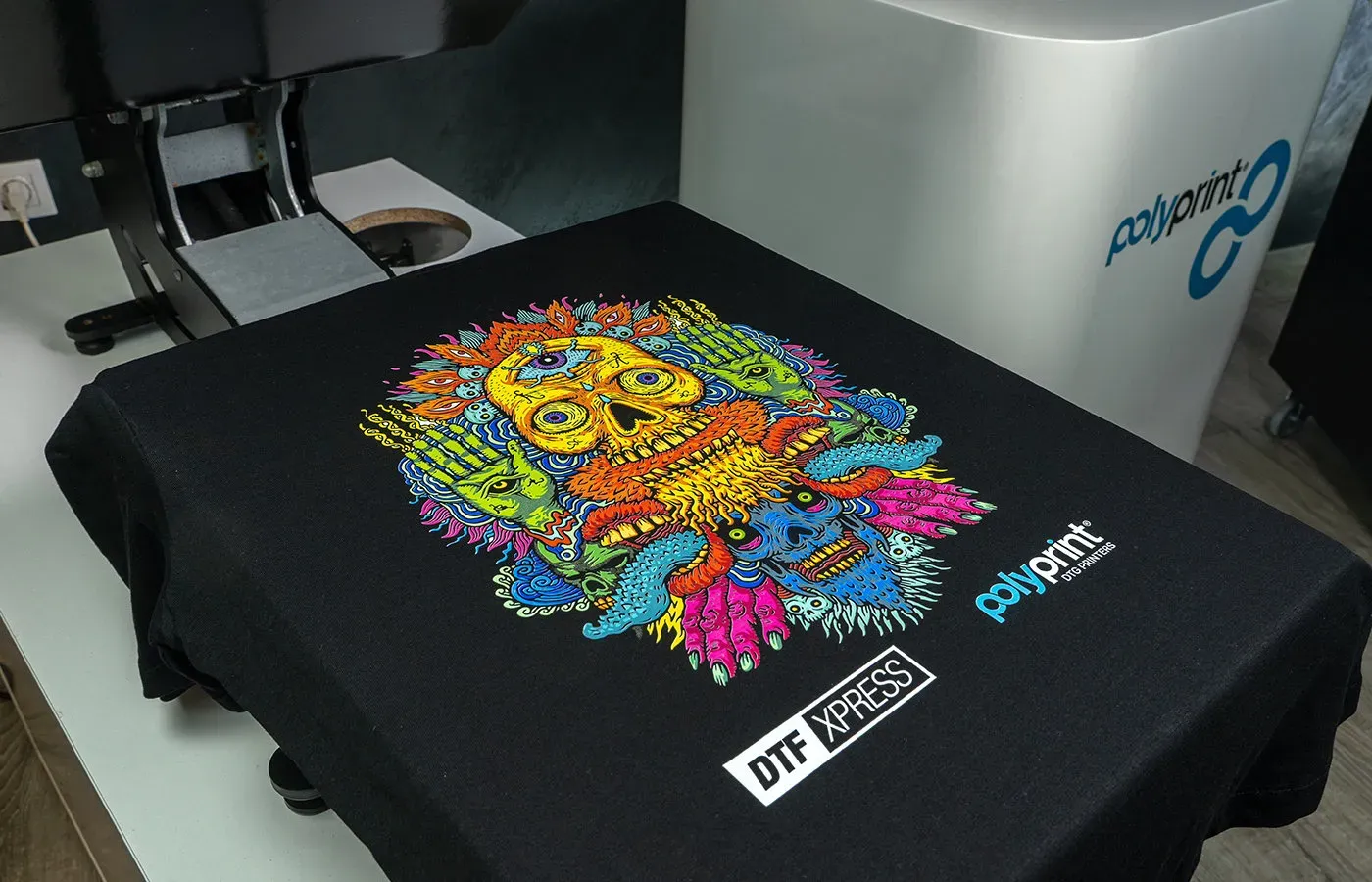DTF Custom Transfers: Step-by-Step Guide to Create Stunning Designs
In the vibrant realm of apparel customization, DTF custom transfers have revolutionized the way designs are transferred onto various fabrics. This innovative technique employs the DTF printing process, enabling creators to produce strikingly vivid graphics that stand out. Whether you are looking to create DTF transfers for your small business or exploring a new hobby, understanding the essential DTF printing equipment and applications is crucial. From the intricate steps involved in creating custom DTF designs to mastering the application process, this guide provides you with all the necessary tips and techniques. Dive into the world of DTF custom transfers and unlock your creativity!
Within the realm of fabric personalization, direct-to-film (DTF) transfers stand out as a popular choice for artists and entrepreneurs alike. This printing method, which involves applying designs from a film onto textile surfaces, promises durability and exceptional detail. By leveraging the power of specialized DTF printing equipment, users can craft unique custom designs tailored to their specific needs. The application of DTF transfers is remarkably versatile, making it suitable for a variety of materials, thereby expanding creative possibilities. Explore the art of designing and applying these innovative transfers for your next project and elevate your printing endeavors to new heights.
Understanding the DTF Printing Process
The DTF printing process is a unique method that stands out in the world of custom printing. It begins with high-quality designs being printed onto a specialized film using advanced DTF printing equipment. This film is then sprinkled with a dedicated adhesive powder, which is crucial for the transfer application. By using specific water-based inks, the prints achieve vibrant colors that adhere well to various fabric types. The entire process results in durable and detailed custom DTF designs that cater to both personal and commercial needs.
In addition, the DTF printing process allows for a wide variety of applications. Whether you want to create bold graphics for t-shirts, intricate designs for activewear, or unique embellishments for accessories, DTF transfers can do it all. The versatility of DTF transfers not only enhances the quality of printed images but also improves the efficiency of the printing job. As a result, many businesses are moving toward DTF technology to optimize their production and expand their product offerings.
Essential DTF Printing Equipment
To successfully execute DTF custom transfers, having the right DTF printing equipment is essential. You will need a specialized DTF printer that is capable of using specific inks designed for film transfer. Popular brands like Epson and Roland not only provide reliable printers but also ensure optimal print quality. Additionally, investing in a heat press, which allows you to precisely control temperature and pressure during the DTF transfer application, is critical. A quality heat press can make a notable difference in the durability of your finished product.
Choosing high-quality materials for your DTF printing setup is important as well. This includes selecting premium transfer films that can withstand the heat and pressure of the application. Combine this with meticulously sourced DTF adhesive powders, and you’ve set yourself up for success. Not only do these components contribute to better adhesion and longevity of the prints, but they can also elevate the overall finish of your custom DTF designs. With the right equipment and materials, you’ll be able to produce professional-grade transfers.
Frequently Asked Questions
What is the DTF printing process for creating DTF custom transfers?
The DTF printing process involves printing designs onto a special film using DTF-specific inks. After printing, adhesive powder is sprinkled onto the wet ink, which is then cured to bond the adhesive with the ink. This creates DTF custom transfers that can be easily applied to various fabrics using heat.
What equipment do I need to create DTF transfers?
To create DTF transfers, you’ll need specialized DTF printing equipment, including a DTF printer (like those from Epson or Roland), transfer film designed for DTF printing, DTF adhesive powder, and a heat press to apply the transfers to fabric.
How do I apply DTF transfers correctly?
To apply DTF transfers, position the transfer onto your selected fabric, then use a heat press to apply appropriate pressure and heat (typically 160-180°C for 10-15 seconds). Allow the transfer to cool slightly before peeling away the film to reveal your custom design.
Can I create custom DTF designs for different types of fabric?
Yes, custom DTF designs are versatile and can be applied to various types of fabric, including cotton, polyester, and blends. This makes DTF transfers a popular choice for custom apparel and unique items.
What are the advantages of using DTF custom transfers over other printing methods?
DTF custom transfers offer several advantages, including vibrant colors, high durability, and the ability to print intricate designs. Unlike other methods, DTF can be applied to a wide range of materials, making it a flexible choice for custom printing.
How do I ensure the best quality when creating DTF custom transfers?
To ensure the best quality in your DTF custom transfers, use high-quality transfer films and DTF adhesive powders, set your design to CMYK color mode, ensure a high resolution (300 DPI) for your graphics, and follow the proper curing and application techniques.
| Key Point | Description |
|---|---|
| Introduction | DTF transfers produce vibrant, high-quality designs for custom apparel. |
| What are DTF Transfers? | Involves printing designs on film with adhesive, applied to fabrics with heat. |
| Focus Keywords | Focus: DTF custom transfers. Related: DTF printing process, equipment, application, custom designs. |
| Materials for DTF | Essential materials include DTF printer, transfer film, adhesive powder, and heat press. |
| Design Creation | Use graphic design software, set to CMYK mode, high resolution, and reverse text. |
| Printing Process | Load film, print with DTF ink, sprinkle adhesive powder on wet ink immediately. |
| Curing Adhesive | Pass printed film through a curing oven for proper adhesive bonding. |
| Weeding Process | Remove excess film carefully to leave only the design on the adhesive. |
| Applying Transfer | Position transfer on fabric and apply heat press at recommended settings. |
| Finishing Touches | Press again for security and follow care instructions for durability. |
| Additional Resources | Access online forums, tutorials, and merchandise directories for DTF printing. |
Summary
DTF custom transfers revolutionize the way custom designs are created, offering a versatile and high-quality solution for printing on various fabrics. With the right materials and techniques, anyone from hobbyists to entrepreneurs can unleash their creativity. This guide outlines each crucial step, from gathering supplies to applying transfers, ensuring a smooth and effective production process. With DTF printing, you can confidently launch your custom apparel projects, enhancing your offerings and impressing your audience with stunning, durable designs.

